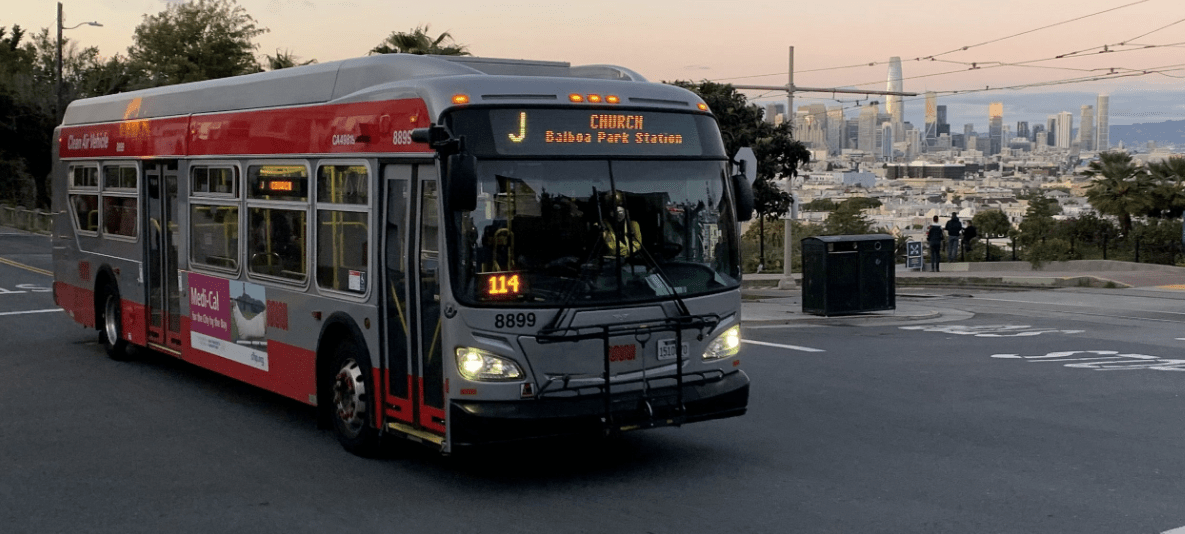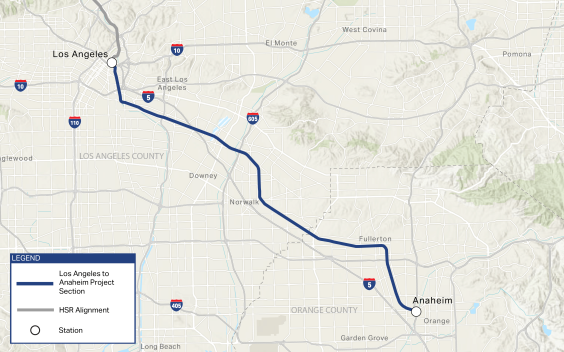Like so many things, the movement for a better Bay Area public transit system has undergone a major shift due to the impact of COVID-19.
Just weeks ago, our region’s biggest challenge seemed to be a booming economy, whose imbalanced growth led to congestion, growing inequality, and displacement. This was exacerbated by an inadequate transit system that couldn’t keep up — worsening congestion, increasing our emissions, and forcing millions into long and costly commutes.
Concern for these long-term problems has been supplanted by the far more urgent task of alleviating the catastrophic consequences of this outbreak. As many have noted, transit plays a critical role in our ability to stop the spread of the virus and save lives, transporting essential workers to their jobs and enabling people to access critical programs. A recent video from BART was extremely effective in showing how our transit system supports our ability to fight this pandemic:
A well-functioning public transit system will also be essential to recovering economically once the threat of the virus has abated. Thousands will be out of work in the Bay Area, and many will lose access to a car because of being unable to cover costs. More people than ever will need reliable and affordable public transit to get back on their feet and access opportunity.
Unfortunately, despite the enormous need, Bay Area public transit will be especially challenged in recovering. Whereas public services like libraries and police have more stable sources of funding, most funding for daily transit service comes from two sources heavily impacted by the current crisis: fare revenue and sales taxes. In the Bay Area, over 56 percent of all operating revenues come from one of these two highly volatile sources — over a third of revenues come from fares alone.
To keep essential workers and our most vulnerable residents moving during the pandemic, and to prevent a death spiral of service cuts and declining ridership, Seamless Bay Area and other advocacy groups have quickly mobilized to advocate for emergency and recovery funding for transit. The emergency funding package passed last Wednesday by the federal government included $25 billion for public transit, of which MTC estimates $1.3 billion will flow to the Bay Area.
While this is welcome relief, more will almost certainly be needed.
We recognize the severity of this crisis and fully agree that shoring up operations funding for our transit system to prevent permanent service cuts must be our top priority.
At the same time, as we advocate for emergency and recovery funding, we can’t forget about the structural problems our transit system faced before COVID-19, which prevent transit from carrying many more riders and contribute to its lack of resilience in times of crisis.
Let’s remember that, prior to this crisis, just four percent of all trips in the Bay Area were made using transit, and over 75 percent were made by car. While the current decline in transit use is both necessary for public health and devastating for the system, our goal for recovery cannot simply be to reassemble a system that was barely functioning before.
When the immediate threat of COVID-19 is over, we will still have a looming climate catastrophe, with transportation making up the largest source of emissions in California; our transit system will still be disconnected, slow, and expensive; and low income people will still be excluded from opportunity due to lack of access. We must focus on rebuilding a stronger, better, and more resilient transit system.
Learning from our past mistakes
To rebuild stronger, let’s start by avoiding the grave mistakes of the 2008–09 recession. Stimulus and recovery funding must maintain operations funding levels so service cuts can be avoided. As a recent article from Vice summarized, the focus of 2009 stimulus spending on capital projects only — buying new buses and rail cars, and building new stations — was not what transit agencies needed most to win back and build ridership. Despite the stimulus money, lack of operations funding forced most Bay Area transit agencies to make significant service cuts, resulting in ridership levels that have never recovered. Pre-recession, AC Transit carried over 207,000 riders a day in 2009, 10 years later in 2019, it carried just 175,000. With the exception of BART and Caltrain, all the largest Bay Area have experienced permanent declines in ridership since 2008.
While the federal emergency transit funding authorized last week can be used for operations, that funding will only be temporary — we must identify new sustainable sources of operations funding to have a strong sustained recovery and period of new ridership growth.
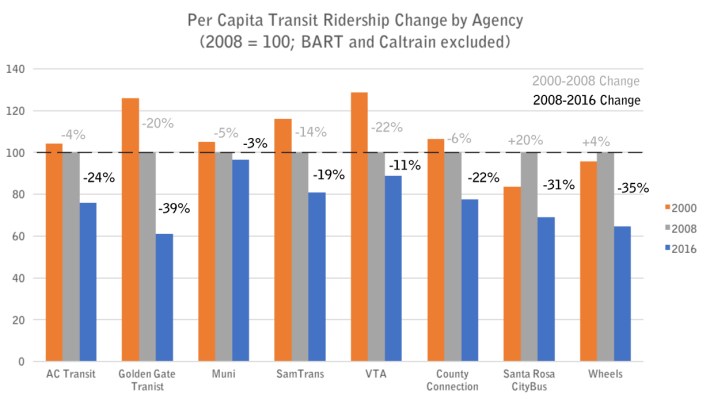
Besides failing to maintain operations funding in our last crisis, our region also failed to advance structural and governance reforms that could have enabled transit to provide more useful, reliable, and seamless service. While service cuts led to fewer riders, most transit agencies were already losing riders before the recession (see chart above). In the absence of a clear call for structural change from political leaders, advocacy groups, and transit riders, our 27 fragmented transit agencies went on operating as usual, refusing to pursue opportunities to align services and fares to grow ridership. MTC convened transit agencies to voluntarily discuss amongst themselves how to do “more with less” though an initiative called the Transit Sustainability Project (TSP). As with so many initiatives led by MTC, TSP involved many meetings and committees, but few meaningful reforms that increase the attractiveness of transit.
How to rebuild stronger than before — funding and institutional reforms
Instead of looking to 2009 for solutions to rebuild Bay Area transit, let’s look at the clearest example we have of rebuilding stronger than before — visionary investments in the 1930s, including New Deal programs, that brought much of the US out from a devastating crisis into an era of broad, shared prosperity.
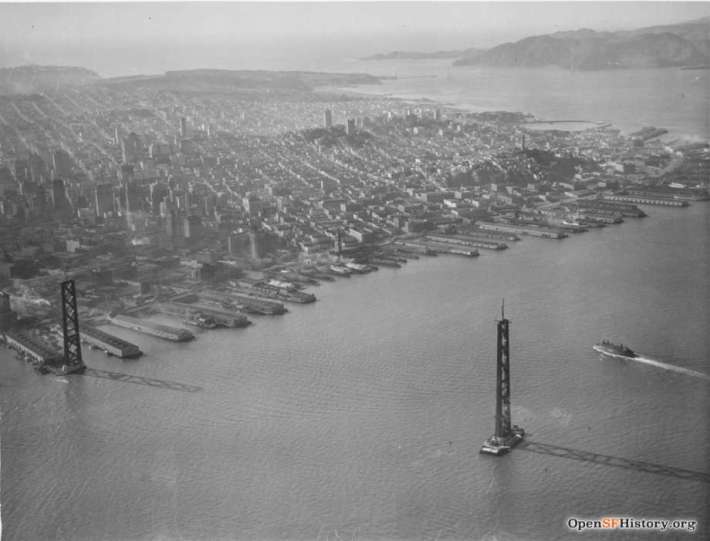
Just as major new funding was a key component of the New Deal recovery, new funding is essential to transform Bay Area transit. For some time, advocacy groups across the region have been advancing a major transit funding measure to raise $100 billion, while national groups recently released a blueprint for Green New Deal for Transportation, calling for massive new investments in transit.
While increased advocacy for major new transit funding is exciting and surely needed, we must not forget that the success of the New Deal also relied on institutions with clear mandates that channeled new funding to achieve clear, nationally-defined outcomes. New agencies like the Works Progress Administration oversaw the building of hundreds of new government buildings, airports, bridges, and dams, aiming to address intersecting social goals of putting people to work; improving access and mobility; beautifying our cities; and improving flood control. New Deal programs were by no means perfect, and many led to worsened inequities that are still with us today. Their aggregate impact was nevertheless a substantial improvement in living standards and access to opportunity for millions.
And here’s a key difference: In the 1930s, in order to spend newly authorized funds with purpose, we had to create new national, state, and regional institutions with clear mandates. Our challenge with spending money with purpose today, and especially on public transportation in the Bay Area, is that we have an excess of existing, often overlapping public agencies combined with a lack of overall accountability for the system as a whole.
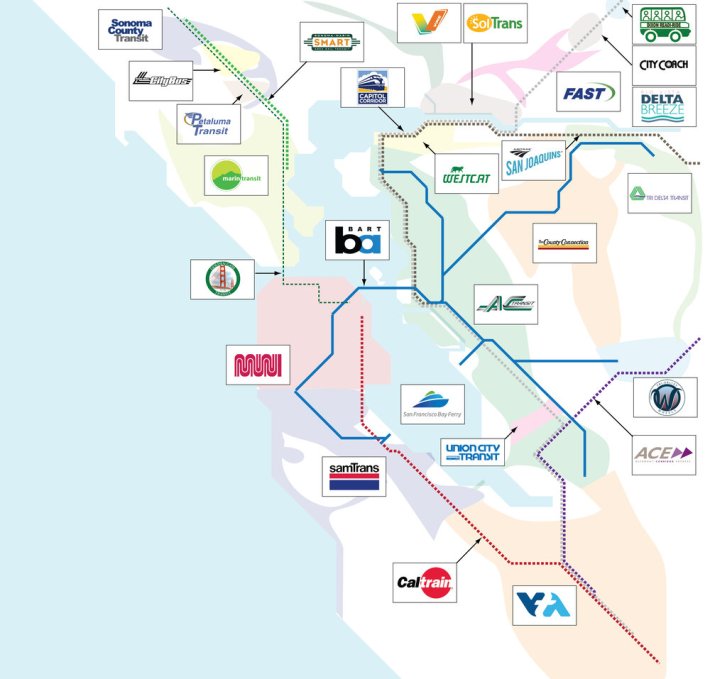
Funneling large sums of Green New Deal money toward 151 or more agencies involved in Bay Area transit without clarity of purpose may well put many people back to work, but it almost certainly won’t lead to transformational impact on the quality of our public transit system the way that New Deal programs transformed our infrastructure, cities, and economy.
A Green New Deal for public transit in the Bay Area that would be capable of transforming mobility in our cities — elevating public transit, biking and walking to become the dominant, preferred modes of travel — will require redesigning and reconciling dozens of transit institutions toward common goals.
Rebuilding stronger requires that we identify a clear lead authority for our whole regional transportation system, with the mandate and capability to build a seamless, customer-focused network; swiftly deploy a unified system of fares and travel passes; optimize and align routes and service schedules; and refocus on making it as easy as possible to get from A to B, anywhere in the region, on transit.
Critically, we can’t afford to spend multiple decades negotiating such basic, common sense policies across dozens of agencies with no regional leadership — we won’t have time to avert a climate crisis, and we won’t be ready for the next epidemic or natural disaster.
The Bay Area Seamless Transit Act is needed now for the Bay Area to rebuild stronger over the coming years
While institutional reform is undoubtedly needed for transit to emerge from COVID-19 stronger and better than before, to be effective, lasting, and just, reform must be deliberate and carefully executed. The Bay Area’s complex web of institutions and funding sources evolved over decades, and needs to be analyzed and untangled objectively and inclusively. Seamless Bay Area has interviewed hundreds of experts and studied successful reform processes in California and abroad to inform our proposal for a Bay Area Seamless Transit Task Force, a core component of the Bay Area Seamless Transit Act (AB 2057), state legislation announced by David Chiu earlier this month.
The Task Force will identify structural reforms to the Bay Area’s dozens of transportation agencies and funding sources to create a higher ridership seamless-transit system and achieve our state climate goals. It will identify a lead Bay Area “Transportation Network Manager” with the clear mandate and authority to oversee a seamless system, and in doing so, identify how existing transit agencies should be reorganized and funded to support the goals of an easy-to-use, equitable, and high-ridership system. Learning from the failures of MTC’s self-directed Transit Sustainability Project, the Task Force will have a clear purpose and deadlines mandated by the state; be publicly visible and accountable to the public; and be driven by a broad array of stakeholders, combining transit riders, transit experts, elected officials, business and labor groups. The Task Force is structured to produce broadly supported, objectively developed, institutional reforms for the Legislature to introduce to create a high-ridership, seamless system.
Starting the ball rolling on reform cannot wait
Given the current crisis, many things are understandably getting put on hold, like the push for a regional funding measure — now, most likely delayed until 2024. For the next several months, transit agencies are understandably focusing on the current emergency. To some, it may appear governance reform is not so urgent, and can be kicked down the road yet again for some other year.
The truth is just the opposite — putting off the reforms of AB-2057 for some future year would be detrimental to our region and our ability to recover.
An integrated transit system can easily prioritize serving the most people at all times, but especially during times of crisis. Regions with integrated transit systems and efficient regional decision-making processes can better prioritize the most critical needs, deploy resources efficiently, communicate clearly to customers, and protect the safety of people taking essential trips.
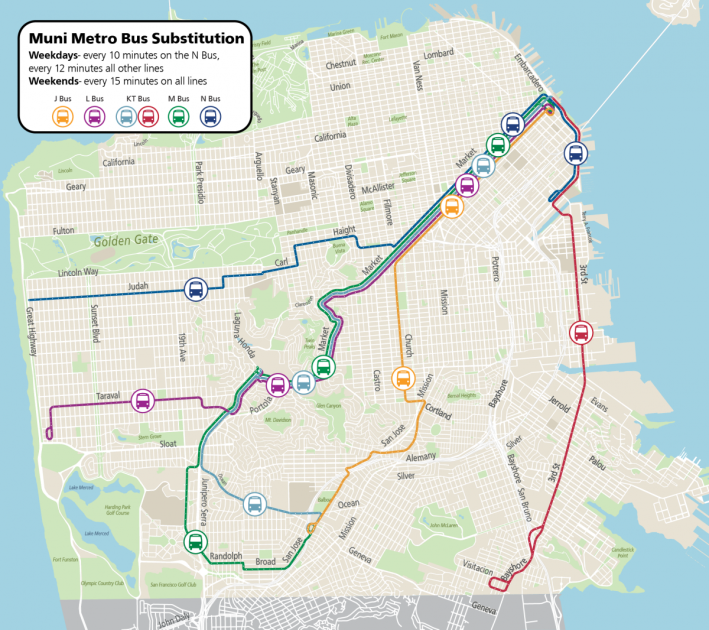
We have no idea when the next catastrophic event will strike — and we must begin building a safer, more resilient transit system immediately. If our region had a Transportation Network Manager, we’d be better able to structure our crisis-level transit services to maximize access — and clearly communicate to customers the impact of the changes. In the event of another life-threatening emergency, these differences in coordination could literally save lives.
AB 2057 will not stand in the way of transit agencies’ ability to focus on the most critical, immediate needs they face in recovering over the next 6–12 months. The resources required to participate in a Task Force are relatively minimal, and most work won’t begin work until 2021.
Further, passing AB 2057 in 2020 will lay the groundwork for the New Deal-scale funding we need to build a far stronger transit system, helping build public support for a 2024 ballot measure. Two failed Bay Area transit funding measures earlier this month showed that Bay Area voters are already weary of transit tax measures, and skeptical that their public agencies are delivering on their promises. Customer satisfaction with public transit was already at historic lows — with COVID-19, confidence in transit our transit agencies is even more shaken. We must prove that new funding won’t just fund the status quo. Passing AB 2057 in 2020 will ensure that we’ll have a Transit Network Manager and governance reforms in place prior to a measure being placed on the ballot in 2024, and will improve our ability to raise the transit funding we know we need for years to come.
We can’t afford to miss this chance to rebuild our transit system better than before.
You can support the call for reform right now by writing your state Assemblymember to ask them to support AB 2057. Click here.
—
Ian Griffiths is the Policy Director and Co-Founder of Seamless Bay Area, a non-profit advocating for an integrated, world class transit system.
